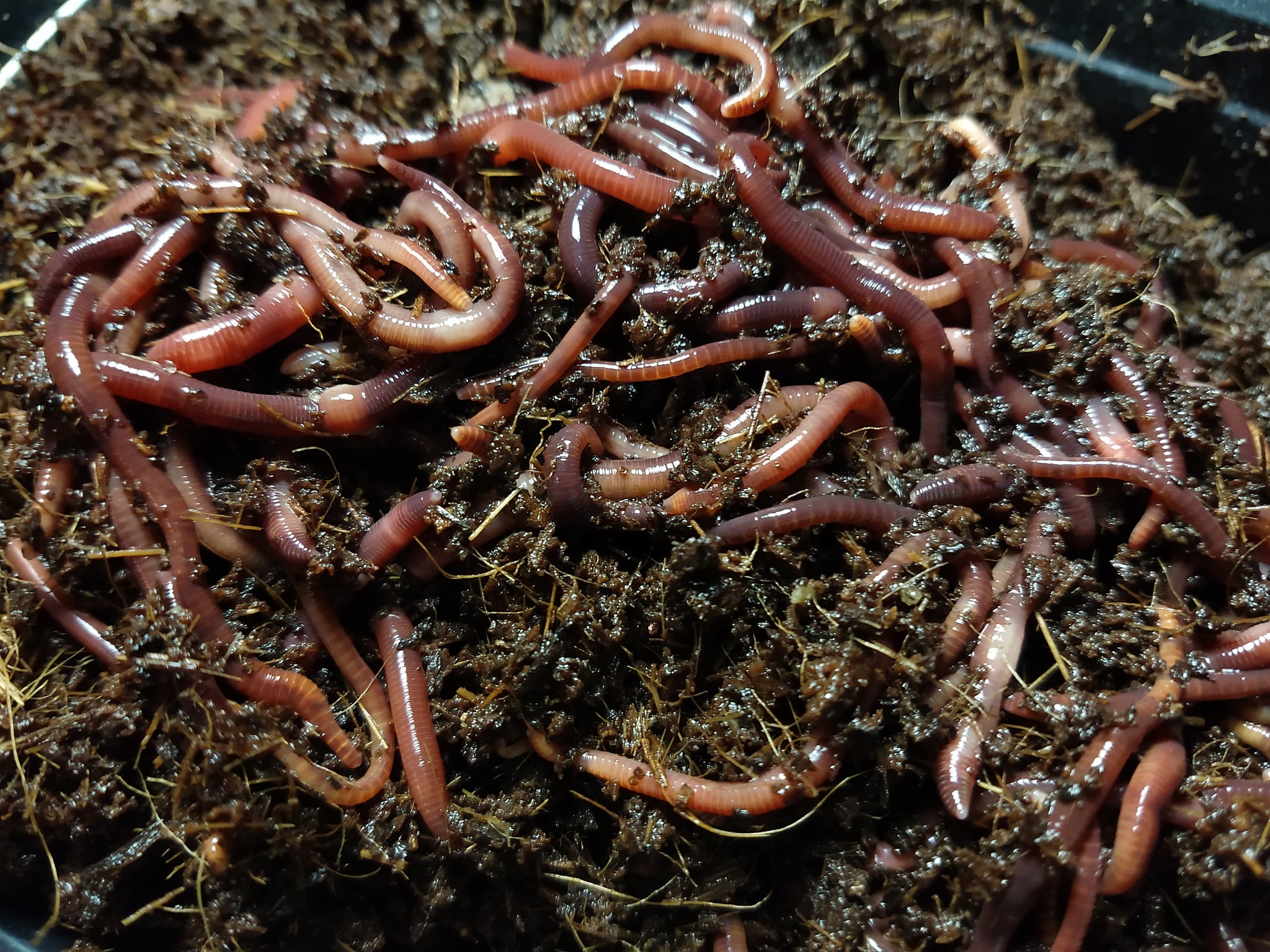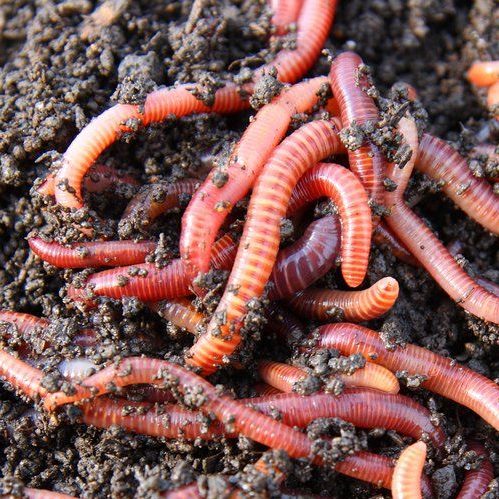Keep Your Lawn Green and Healthy with Expert Advice from Lake Hickory Bait
Keep Your Lawn Green and Healthy with Expert Advice from Lake Hickory Bait
Blog Article
Red Wigglers: The Unsung Heroes of Organic Waste Recycling
Red wigglers, or Eisenia fetida, offer as crucial representatives in the organic waste reusing process, changing thrown out materials into beneficial vermicompost. As the globe increasingly seeks options to deal with waste buildup and improve farming productivity, understanding the role of these worms comes to be vital.
What Are Red Wigglers?
The amazing durability of red wigglers, clinically known as Eisenia fetida, highlights their important duty in organic waste recycling. These tiny, reddish-brown earthworms are normally found in breaking down raw material, such as compost heap and manure heaps. Lake Hickory Bait. Unlike various other earthworm species, red wigglers thrive in nutrient-rich settings and are very efficient at breaking down organic products, making them important for vermicomposting

(Red Wiggler Express)Along with their role in waste decrease, red wigglers contribute to soil wellness by boosting soil framework and aeration via their tunneling activities (Lake Hickory Bait). Their presence in composting systems not just boosts disintegration rates yet additionally advertises a lasting approach to throw away administration, showing their significance in eco-friendly conservation initiatives
Benefits of Composting With Worms
Composting with worms, specifically red wigglers, uses many advantages that boost both waste management and dirt health. These worms successfully damage down organic waste, converting it into nutrient-rich vermicompost that enhances soil. This procedure accelerates decay, enabling for a much faster recycling of kitchen area scraps and various other organic materials compared to traditional composting techniques.
Furthermore, the vermicompost produced by red wigglers is including advantageous bacteria, which help improve soil framework, oygenation, and dampness retention. This enhances the overall health of plants, promoting vigorous development and enhanced returns in yards and agricultural setups. Additionally, making use of worms in composting decreases the production of greenhouse gases, such as methane, adding to a much more sustainable waste administration system.

How to Beginning Vermicomposting
Establishing a vermicomposting system is a straightforward procedure that can generate considerable advantages for both waste monitoring and dirt enrichment. To begin, pick an appropriate container, such as a plastic container or wood box, with sufficient ventilation holes to make sure correct air movement. The measurements must ideally be about 2 feet by 3 feet, enabling sufficient area for the worms to prosper.
Following, prepare bed linen material, which can include shredded newspaper, cardboard, or coconut coir. This bed linens should be moistened to create an appropriate environment for the worms. As soon as the bed linen remains in place, present red wigglers (Eisenia fetida) right into the container, normally around one pound of worms for every square foot of area.
Complying with the positioning of worms, add natural waste, such as fruit and vegetable scraps, coffee grounds, and crushed eggshells. With these actions, you will properly initiate a vermicomposting system that contributes to sustainable waste management and enhances your soil.
Preserving a Healthy Worm Bin
(Lake Rhodhiss Bait)Keeping a worm bin prospering calls for routine interest and treatment to make certain the health and wellness of the red wigglers and the efficiency of the composting procedure. Appropriate maintenance starts with checking the dampness degrees; the container ought to be damp yet not saturated. A good guideline click now is to keep an uniformity similar to a wrung-out sponge.
Gently blending the bed linen and food scraps every few weeks prevents compaction and guarantees that all worms have access to oxygen. Additionally, it is essential to feed the worms properly.
If the container becomes as well warm or chilly, the worms might end up being stressed. By vigilantly managing these factors, one can preserve a robust and effective worm container.
Impact on Lasting Living
The effective upkeep of a worm bin not only profits the health and wellness of red wigglers yet additionally adds substantially to lasting living methods. By reusing organic waste, such as kitchen area scraps and yard debris, red wigglers aid divert considerable amounts of material from land fills. This reduction in waste not just lowers greenhouse gas discharges but also reduces the ecological concern related to waste administration.
Moreover, the spreadings produced by red wigglers act as a nutrient-rich organic fertilizer, enhancing dirt health and advertising plant growth. This natural option to chemical fertilizers sustains lasting farming and horticulture techniques, reducing dependence on artificial inputs that can damage communities. In addition, worm composting promotes awareness of waste management, urging individuals and communities to adopt even more sustainable behaviors.

Final Thought
In recap, red wigglers serve as vital contributors to organic waste reusing with their efficient decomposition of organic materials. By incorporating vermicomposting into waste administration approaches, people and communities can substantially decrease waste while promoting environmental sustainability.
Report this page